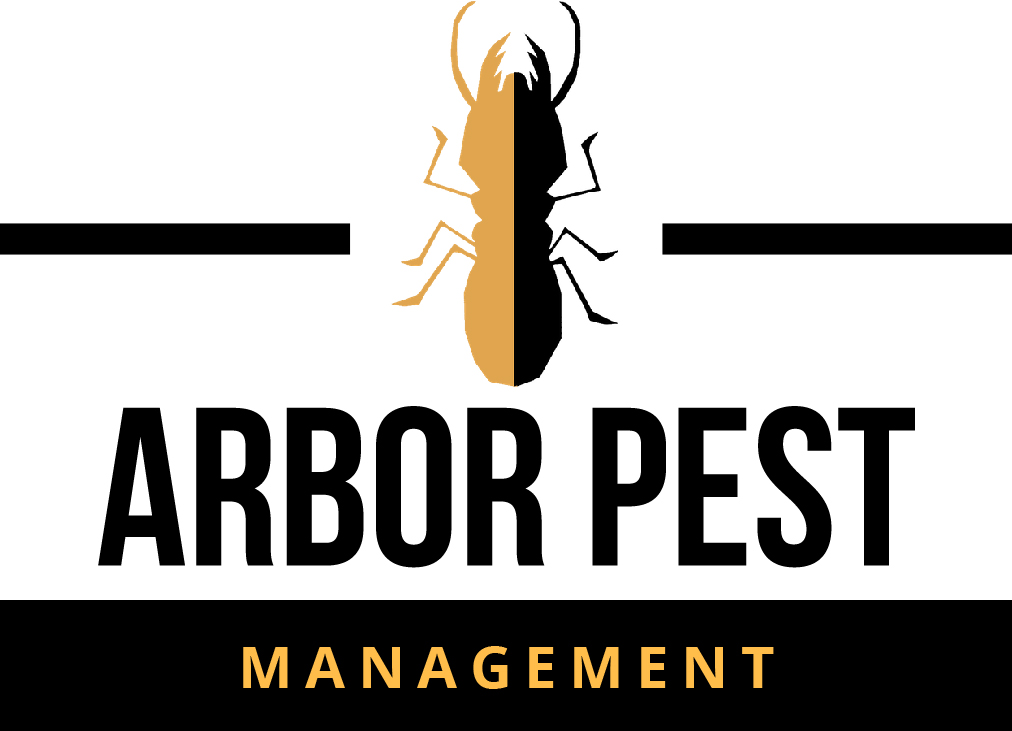Bed Bug Bites, More Than You Wanted To Know…
Although bed bugs will feed on other animals if they have to, they prefer human blood. All active stages of bed bugs feed on blood: nymphs, and adult males, as well as Although bed bugs will feed on other animals if they have to, they prefer human blood. All active stages of bed bugs feed on blood: nymphs, and adult males, as well as females. All stages require a blood meal in order to molt, and egg and sperm production in the adults requires the energy from blood meals.
How Often Do Bed Bugs Feed?
That depends on the life stage of the bug, whether hosts are available, and on the temperature. Cooler temperatures, disturbances, no available hosts, and competition between bed bugs will increase the time between feedings. At their ideal temperature (80 degrees), bed bugs will search for a blood meal about every 3 days. At a cooler 64 degrees, they require a blood meal only once a week.
When they suck blood, bed bugs expand in size and become red or reddish-brown as the blood fills their bodies. Nymphs can increase their weight 3 to 6 times after feeding, and adults up to 2 times. A tiny nymph will feed for only about 3 minutes to reach full engorgement, while it takes an adult bed bug 10-15 minutes to get that full feeling. It often happens, though, that bed bug feeding is disturbed before they can become fully engorged.
And it's true that bed bugs can go for long periods without feeding if they have to. Adult bed bugs and late instar nymphs can sometimes survive for more than a year without feeding. Small nymphs are more susceptible but can still go for months without a blood meal. This starvation ability of bed bugs is the main reason why they can remain alive in vacant buildings or when furniture is in storage, only to resume the infestation many months later when a host becomes available.
Feeding Lab Bugs –
How do bed bug researchers manage to keep thousands of bed bugs alive for their studies? The biggest problem is that bed bugs can't just lap up blood; they have to pierce a membrane and suck. Some labs will feed their bed bugs directly on captive rabbits or chickens. But many have put together more elaborate artificial feeding systems involving purchased animal blood and ingenious ways to get the blood to the bugs. Many researchers simply roll up their sleeves (or more likely they make their graduate students roll up their sleeves). This isn't as cruel as it sounds since the bites are painless and there is no risk of disease transmission. Hungry bed bugs are placed in small bottles or boxes that have mesh material on one end. The bottle is taped or strapped onto an arm or leg and the bugs are allowed} to feed through the mesh.
The Mechanics of the Bite
Outside of the lab, in the real world, bed bug bites are most common on uncovered arms, shoulders, necks, and legs. The hungry bug uses its antennae to test the suitability of the potential feeding site. It grasps the skin with the claws on its front legs and probes repeatedly with its beak mouthparts to test the skin. When it finds a suitable place, it pushes its beak through the skin at a right angle. The bed bug flexes and humps and rocks its body to help with penetration. The cutting parts at the end of the beak move and slice and eventually cut their way into a suitable blood vessel. The blood rushes up the beak and slowly fills the bed bug. As the bed bug completes its meal, it usually exudes a drop of blood from its anus. The bite wound also bleeds as the bug pulls out of the skin. It is this blood, plus the drop from the buds anus, that produces the typical dark brown or rusty spots seen on sheets and clothing.
But the victim usually feels nothing during the bite and sleeps peacefully. If you watch during the bite, you may feel a slight tingling or tickling sensation as the bug probes. As they feed, bed bugs inject saliva which may act as an anesthetic.
The After effects of the Bite
Bite reactions vary greatly from person to person; some people have no reaction at all. The time from the bite to the first sign of a reaction is also highly variable, ranging from almost immediately to up to 7-11 days after the bite. As people receive more bites, they usually develop a sensitivity: the reaction becomes more noticeable and the time to reaction decreases.
When a victim has a bite reaction, it usually appears as a reddish lump which may develop a blister. There is typically no red spot at the center as with fleas or black fly bites. Sometimes there may be a series of bites in a line or in a triangle, although most bites are not grouped. There is usually itching, ranging from moderate to intense, for a few hours to a few days. Scratching the bites can result in secondary bacterial infections.



